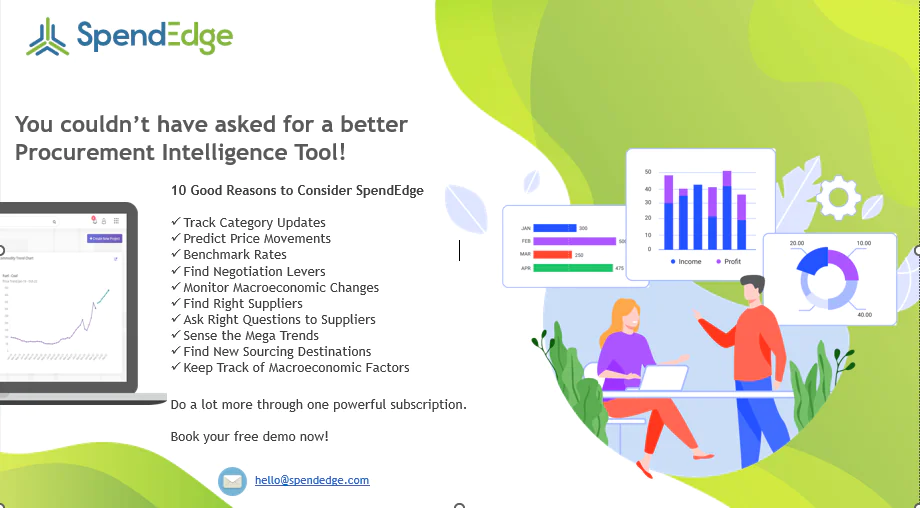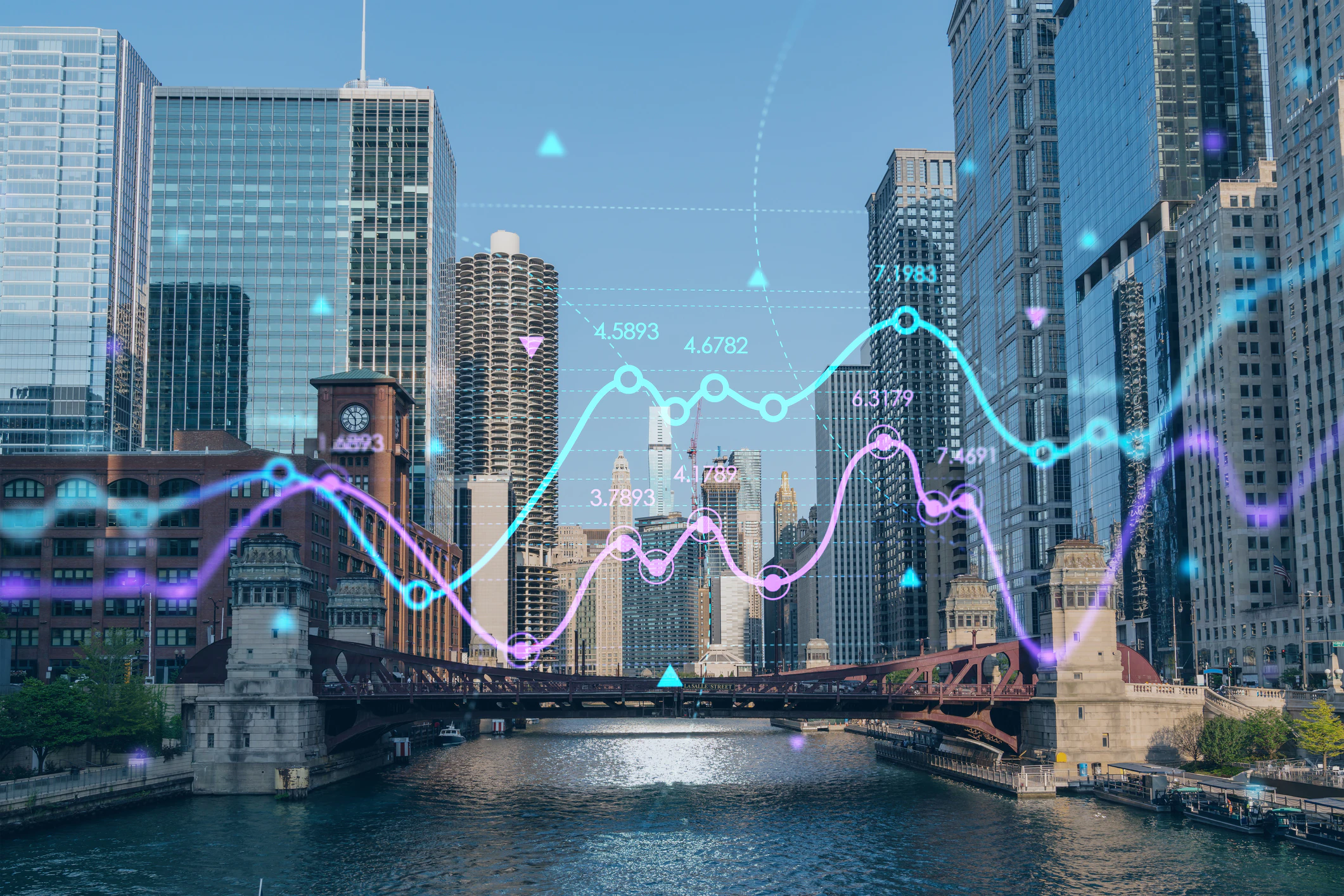Procurement, the process of obtaining goods and services, is a crucial function in both the public and private sectors. However, the approaches, priorities, and regulations governing procurement in these two sectors can differ significantly. Understanding these differences is essential for businesses, policymakers, and stakeholders who interact with or work within these sectors. This article explores the key differences between public and private procurement, highlighting their unique characteristics and impacts.
Introduction to Public and Private Sector Procurement
Public procurement refers to the process by which government agencies and publicly funded organisations acquire goods, services, and works. This process is highly regulated to ensure transparency, accountability, and fairness. Public procurement aims to achieve value for money while adhering to strict ethical standards and public policies.
In contrast, procurement in private sector is conducted by businesses and private organisations. The primary goal is to optimise cost, quality, and efficiency to enhance profitability and competitive advantage. Unlike procurement in public sector, private sector procurement allows for greater flexibility and innovation due to fewer regulatory constraints.
Differences Between Public and Private Sector Procurement
- Contract Awarding Process: In procurement in public sector, contracts are typically awarded through a competitive bidding process. This ensures fairness and the selection of the best supplier offering value for money. In contrast, procurement in private sector often involves negotiated contracts, giving companies flexibility to secure favorable terms that suit their specific needs.
- Procurement Technology: Public organisations increasingly use e-procurement systems to streamline operations, cut costs, and ensure transparency. Technology plays a central role in procurement in public sector, whereas in the private sector, adoption is growing but still varies widely. Nonetheless, more private companies are turning to digital tools to improve procurement efficiency.
- Regulatory Framework and Compliance: Regulations play a significant role in public and private procurement, but the intensity differs. In public procurement, there are stringent guidelines and legal frameworks to prevent corruption and ensure accountability. Procurement in private sector, while still adhering to laws and corporate ethics, enjoys greater autonomy in decision-making and process streamlining.
- Cost Management: Cost management strategies also differ across public vs private procurement. Public entities operate under strict budgets and financial scrutiny, necessitating thorough documentation and spending controls. The private sector, however, benefits from flexible budgeting, enabling businesses to prioritize quality, speed, and long-term value over rigid cost constraints.
Social Impact of Public and Private Sector Procurement
Public and private procurement can both influence social outcomes, but the mechanisms vary. Procurement in public sector often incorporates objectives such as environmental sustainability, local economic development, and inclusive growth. This ensures that public spending drives broader social benefits. On the other hand, while procurement in private sector is primarily profit-driven, many companies are embracing ethical sourcing, sustainability, and community-focused initiatives through corporate social responsibility (CSR) and supplier diversity programs.
Conclusion
Understanding the key differences in public and private procurement is crucial for successfully navigating both sectors. From contract methods to social impact, the contrast between public vs private procurement reveals different goals, constraints, and opportunities. By recognizing these differences, businesses and stakeholders can align their strategies more effectively, leading to better sourcing outcomes and contributions to both economic and societal development.

To know more





